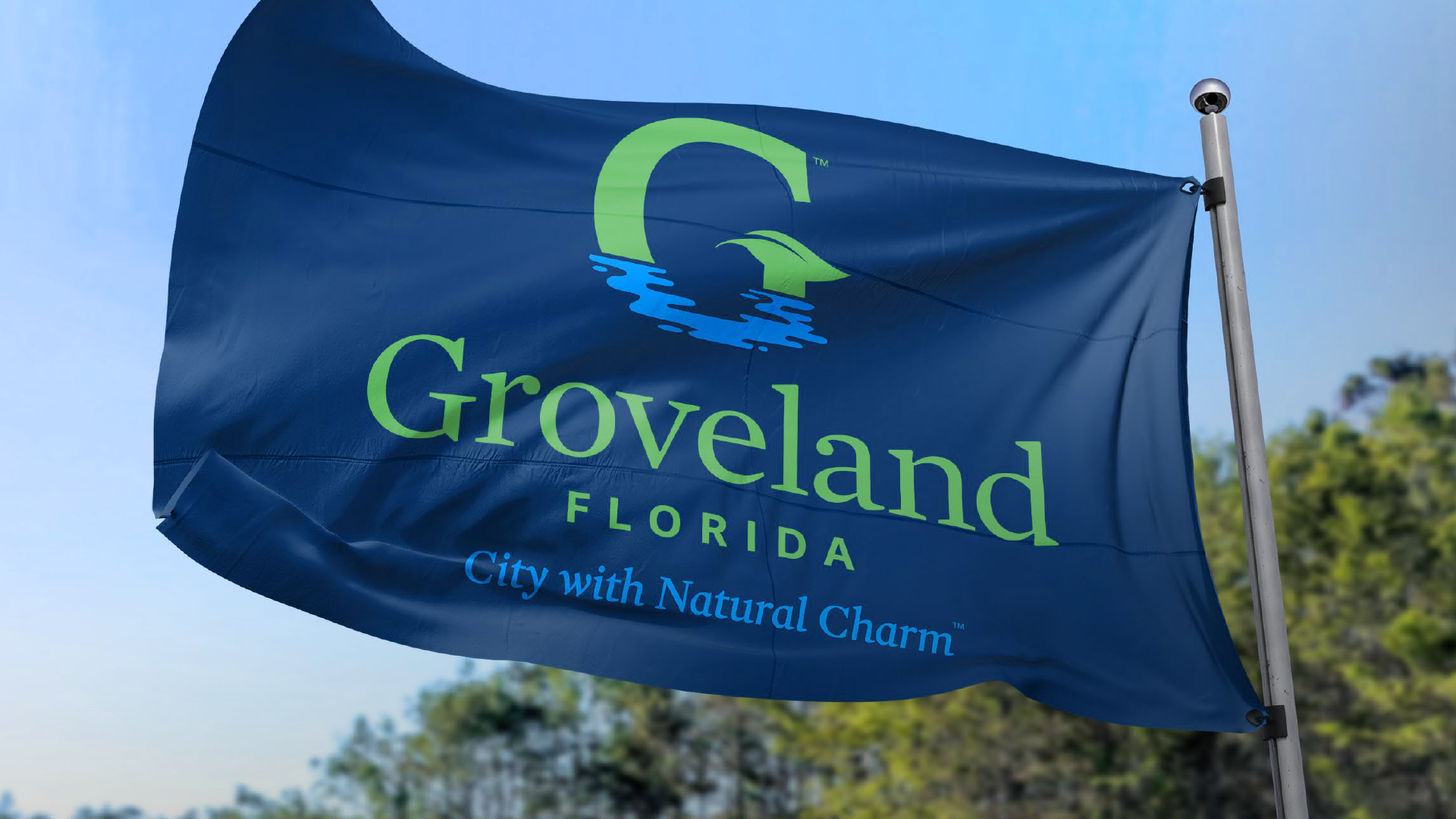04.22.24
Embrace Website Accessibility to Improve User Experience and SEO Rankings

In today’s digitally connected world, it’s more important than ever for businesses to create websites that cater to the diverse needs and preferences of their audience. Website accessibility goes beyond compliance with regulations or ethical considerations—it’s about ensuring that your digital platform is inclusive and user-friendly for people of all abilities, ultimately maximizing its potential reach, engagement, and overall performance. Additionally, an accessible website can significantly impact your search engine optimization (SEO) efforts, as search engines increasingly prioritize user-centric design principles.
In this comprehensive guide, we will explore the many facets of website accessibility, from understanding the importance of inclusive design to discovering practical strategies for incorporating accessibility features and optimizing your website’s performance. Whether you’re a business owner, developer, or marketer, our goal is to provide you with valuable insights and guidance to help you create digital platforms that prioritize accessibility and inclusivity, ultimately unlocking their potential to connect with a wider audience, drive engagement, and enhance SEO performance.
Understanding the Importance of Inclusive Web Design

An inclusive web design approach ensures that your website is user-friendly, accessible, and functional for all users, regardless of their abilities, devices, or browsing preferences. By prioritizing accessibility and inclusivity in your website’s design and development, you can reap a wide array of benefits, including:
1. Expanded Audience Reach: Accessible websites enable you to reach a larger and more diverse audience, including those with disabilities, seniors, and users with limited access to high-speed connections, ultimately driving increased engagement and conversions.
2. Improved User Experience: Inclusive design principles naturally lead to better overall user experience, as they emphasize clarity, consistency, and user-centric features that appeal to a broad spectrum of users.
3. Enhanced SEO Performance: Many accessibility best practices align with SEO principles, such as clean, well-structured code, meaningful content organization, and mobile-friendly design, ultimately boosting your website’s search engine rankings.
4. Better Brand Reputation: Demonstrating a commitment to inclusivity can strengthen your brand’s reputation and increase consumer trust, fostering long-term loyalty, and increasing customer acquisition.
Practical Strategies for Incorporating Accessibility Features

To create a truly accessible website, consider implementing the following strategies and features that cater to the needs of diverse users:
1. Develop a Logical Content Hierarchy: Ensure that your website’s content is organized clearly and logically, using proper heading structure and relevant labels to facilitate easy navigation and understanding for all users, including screen reader users and those with cognitive impairments.
2. Provide Alternatives to Multimedia Content: Offer accessible alternatives to multimedia content, such as closed captions for videos, transcripts for audio content, and descriptive text for images (alt text), ensuring that users with sensory impairments can access and understand essential information.
3. Enhance Keyboard Navigation: Ensure your website is functional and navigable using only a keyboard, providing keyboard focus indicators, logical tab order, and easily accessible shortcuts, making your platform accessible to users with motor impairments and those who rely on assistive technologies.
4. Optimize Text Readability: Implement best practices for typography, such as sufficient font size, simple and legible typefaces, and ample contrast between text and background colors, to improve readability for all users, especially those with low vision.
Leveraging Web Accessibility Guidelines and Testing Tools

To ensure that your website adheres to accessibility standards and best practices, it’s vital to familiarize yourself with established guidelines and leverage available testing tools. The Web Content Accessibility Guidelines (WCAG) serve as the industry’s gold-standard for web accessibility, providing a comprehensive set of recommendations and techniques to create accessible digital content. Key principles of the WCAG include:
1. Perceivable: Ensure that all users can perceive and interpret your website’s content through various sensory modalities, such as vision, hearing, or touch.
2. Operable: Guarantee that your users can navigate and interact with your site effectively and efficiently, including via keyboard-only control, touch screen, and other input devices.
3. Understandable: Ensure that your users can comprehend your website’s content and structure, providing clear language, consistent navigation, and helpful contextual cues.
4. Robust: Design your website with compatibility in mind, ensuring the seamless operation across a range of devices, browsers, and assistive technologies.
Additionally, numerous web accessibility testing tools are available to help you evaluate your site’s accessibility compliance and identify areas for improvement. Examples of these tools include automated validators, screen readers, color contrast analyzers, and keyboard navigation simulators.
Optimizing Your Website for Enhanced SEO Performance and Inclusivity

As previously mentioned, many accessibility best practices align directly with SEO principles. To optimize your website for both accessibility and SEO performance, consider these synergistic strategies:
1. Write Meaningful, Keyword-Rich Alt Text: Craft relevant and descriptive alt text for images that include targeted keywords, enhancing both the user experience for visually impaired users and your site’s SEO rankings.
2. Use Semantic Markup: Employ proper HTML tags to semantically structure your content, including headings, lists, and landmarks, improving clarity for screen reader users and facilitating better understanding by search engine crawlers.
3. Ensure Mobile-Friendly Design: Adopt a responsive design approach that ensures your website is accessible and visually appealing across various devices and screen sizes, benefiting both mobile users with accessibility needs and search engine rankings.
Embracing the Power of Website Accessibility
By prioritizing website accessibility and inclusivity, you can unlock tremendous opportunities to expand your reach, enhance user experience, and boost your SEO performance. With an understanding of the importance of inclusive web design, practical strategies for incorporating accessibility features, and adherence to established accessibility guidelines, your brand can harness the power of website accessibility to drive long-term success and meaningful connections with a diverse global audience.
Ready to transform your website into an inclusive, accessible, and SEO-optimized digital platform? Reach out to our team of dedicated web design and development experts at Alarie Design to help you create accessible experiences that elevate both your brand and your users. Contact us today, and together, we can pave the way for a more accessible and inclusive digital landscape.
RECENT POSTS

Leverage Social Media Ads to Boost Your Brand’s Visibility and Drive Results

Elevate Conversions with Expert Landing Page Optimization Strategies
